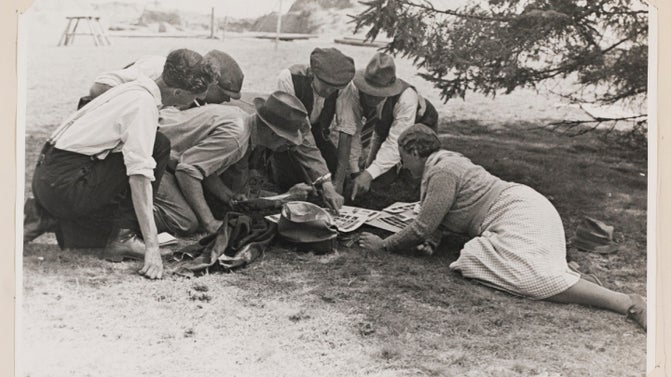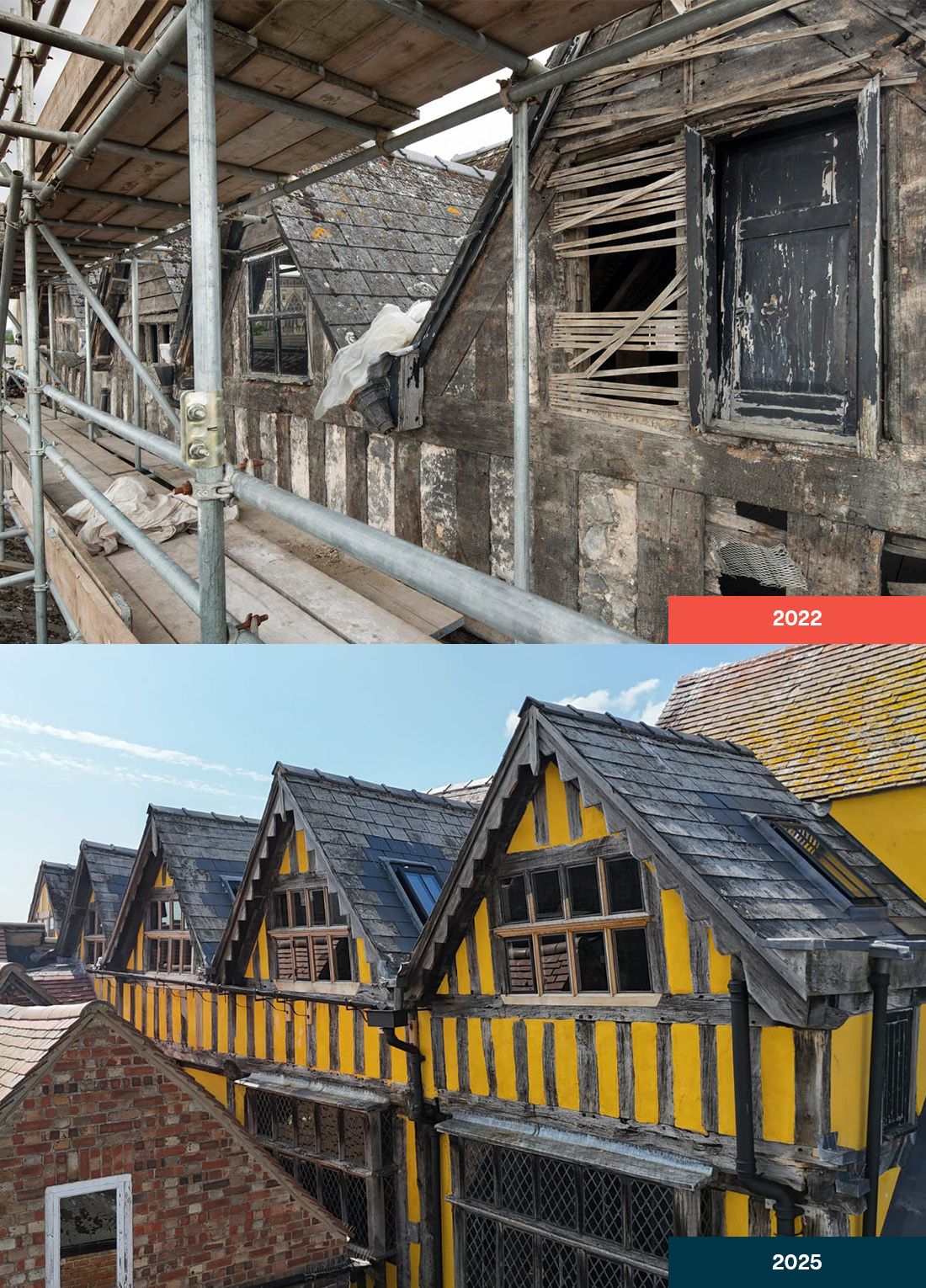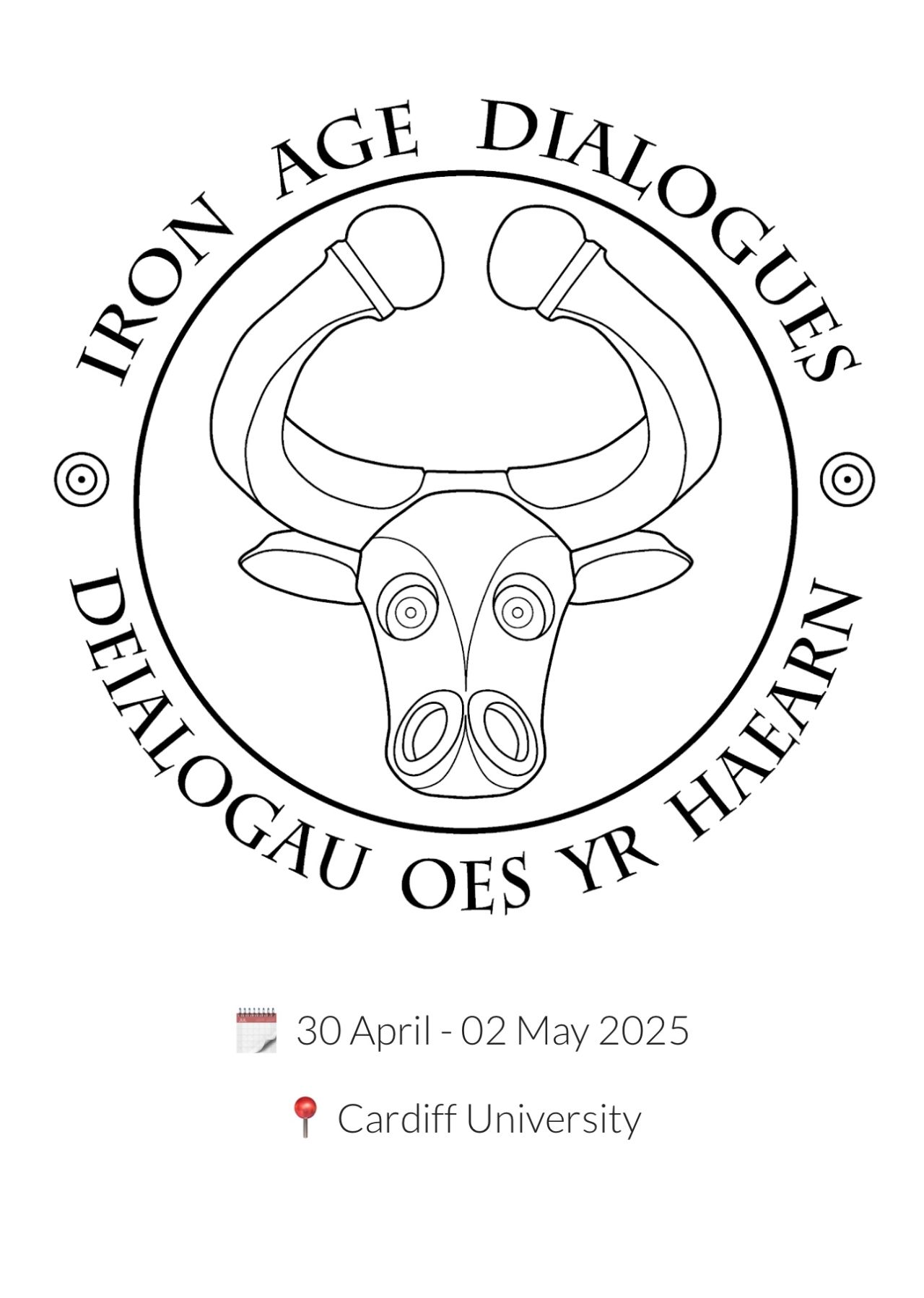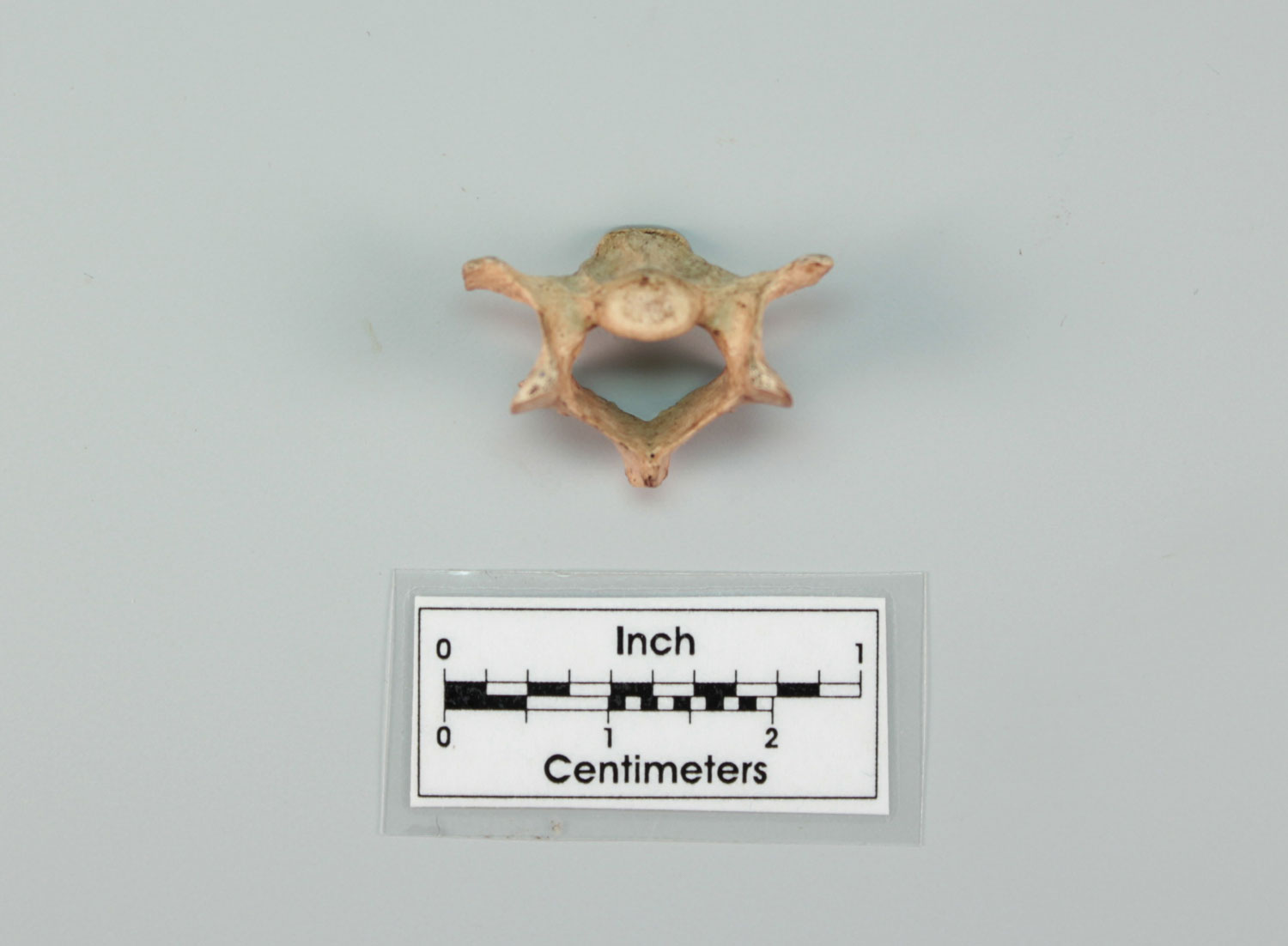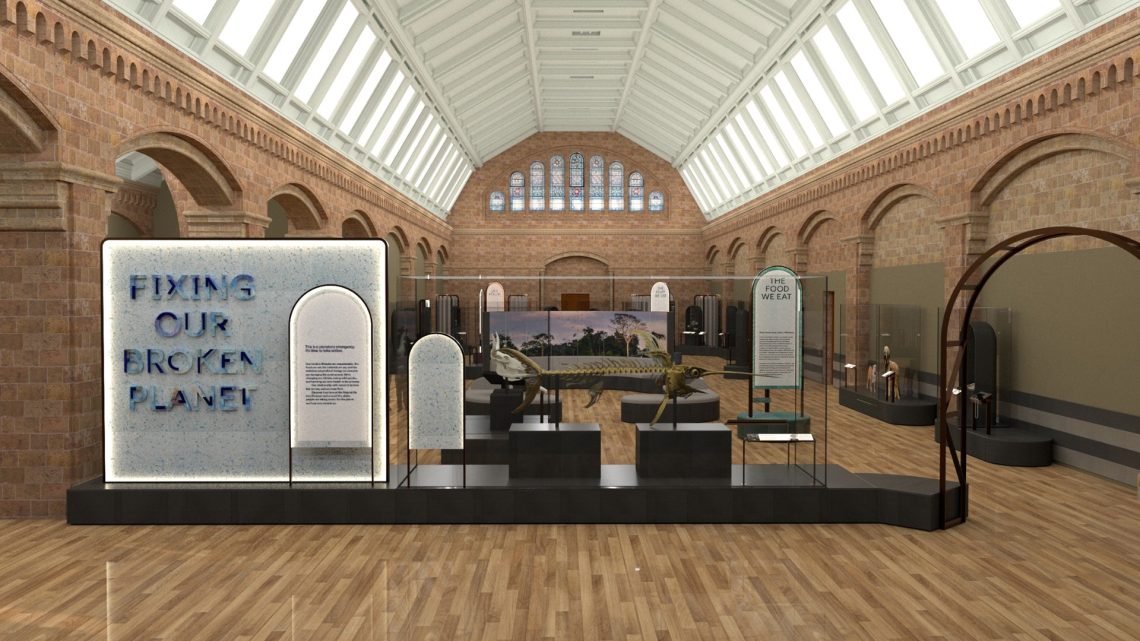The Young Archaeologists’ Club (YAC), the UK’s only archaeology club for 8–16-year-olds, invites its members across England, Scotland, Wales, and Northern Ireland to enter the 2025 ‘Dig It!’ competition. This annual event offers young history enthusiasts a chance to participate in a professional archaeological dig. For 2025, three winners will join a University of Leicester team on 5 July 2025 at Irchester Roman Town, within the Chester House Estate near Northampton. They will excavate, clean artefacts, and learn techniques like recording finds and mapping sites. Previous ‘Dig It!’ competitions have explored sites like Bamburgh Castle in Northumberland, Ribchester Roman Fort…
-
-
Today, May 8, 2025, the National Trust’s Sutton Hoo unveils a captivating new exhibition, The Dig: A Story Unearthed, which delves into the real-life events and personalities that inspired the acclaimed Netflix film The Dig. This exhibition, set at the iconic Anglo-Saxon burial site in Suffolk, offers archaeology enthusiasts and history lovers a chance to explore the remarkable story of the 1939 excavation that reshaped our understanding of early medieval England. The exhibition centres on the discovery of the Great Ship Burial in Mound 1, a find that revealed a 27-meter-long ship and a treasure trove of Anglo-Saxon artefacts, including…
-
A significant piece of Gloucester’s architectural heritage has been revitalised. The timber-framed merchant’s house at 26 Westgate Street, dating back to the late 16th century, has undergone restoration. Recognised as the largest surviving historic timber-framed townhouse in England, it has been listed on Historic England’s Heritage at Risk Register since 2012. Historically, during the medieval period, the building fronted the main market area on Westgate Street and was known as ‘the mercery’ due to its concentration of cloth merchants. Today, it houses the Gloucester Antiques Centre, welcoming visitors to its rich past. This restoration preserves a vital link to Gloucester’s…
-
The Brixham Pirate Festival 2025 once again transformed the tranquil Devon fishing town into a vibrant haven of maritime revelry over the Early May Bank Holiday weekend. From May 3rd to 5th, an estimated 30,000 visitors descended upon Brixham Harbour, immersing themselves in a celebration that has grown into one of the world’s largest pirate gatherings since its inception in 2002. The festival commenced with its traditional pirate parade at 10:30 am on Saturday, featuring a lively procession along the harbourside. Attendees showcased elaborate costumes, including lifelike portrayals of iconic characters such as Captain Hook and Captain Jack Sparrow, with…
-
Diriyah, the ancestral cradle of the Saudi royal family, is being reimagined as a global hub for cultural heritage and tourism under the Diriyah Gate Development Authority (DGDA). Central to this vision is Ghasibah, a fortified district atop a plateau overlooking Wādī Ḥanīfah, once a key political and economic centre during the First Saudi State (1727–1818). Since September 2023, Chronicle Heritage Arabia has led a multi-phase project to preserve Ghasibah’s rich history, blending archaeology, technology, and conservation to support DGDA’s heritage-first mission. Ghasibah, founded in the 15th century by Prince Mani’ bin Rabiah Al-Muraidi, served as the initial seat of…
-
From April 30 to May 2, 2025, Cardiff University hosted the highly anticipated Iron Age Dialogues conference, a landmark event that brought together archaeologists, researchers, and enthusiasts to explore the latest advancements in Iron Age studies. This gathering, the first major conference on the Iron Age in Britain since the mid-2000s, sparked vibrant discussions, fostered new connections, and set a hopeful tone for the future of archaeological research in the region. Held at Cardiff University’s School of History, Archaeology and Religion, the conference provided a dynamic platform for examining a broad range of themes related to the Iron Age, primarily…
-
Archaeologists have uncovered the earliest known evidence of domesticated cats in the United States within the wreck of the Emanuel Point II, a Spanish ship that sank in 1559 off Florida’s Pensacola Bay. The findings, published in American Antiquity, shed light on the presence of cats during early European colonization. Researchers from the University of West Florida and the University of Arizona analyzed skeletal remains from the shipwreck, identifying bones from an adult and a juvenile cat. Genetic analysis confirmed these were European domestic cats (Felis catus), likely brought from Spain. Isotopic studies revealed a diet consistent with shipboard life,…
-
Marking a significant milestone in environmental education, the Natural History Museum (NHM) in London has opened its first new permanent gallery in nearly a decade, titled “Fixing Our Broken Planet,” on April 3, 2025. This initiative, part of the NHM150 campaign leading up to the museum’s 150th anniversary in 2031, aims to inspire a global audience to address the planetary emergency. Featuring over 250 specimens and cutting-edge research, the gallery offers practical solutions to some of the world’s most pressing environmental challenges. This article delves into the gallery’s purpose, innovative approach, and potential to foster worldwide action. Situated in the…


